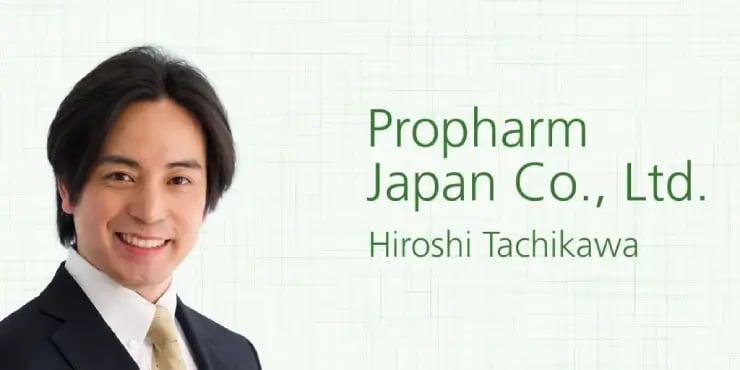Hiroshi Tachikawa is the managing director at Propharm Japan. He helped numerous companies across Japan and Asia to get started with Material Flow Cost Accounting (MFCA) and hence to increase their material efficiency. In an interview he gives insights on the success factors how to implement the method. Enjoy the interview!
You have worked with numerous companies in Japan and Asia, helping them to get started with MFCA, which are the three most important success factors right at the start?
The companies in Asia are quite diversified. However, if any, there are typically three factors for success to be considered. One is to respect and understand each company’s culture.
The second factor is to have them (especially those at the management level) feel the benefit for implementation of MFCA at the early implementation stage.
The third factor is to link MFCA with existing productivity-related improvement approach.
Could you share a short example of applying these success factors?
One example is an automotive-parts factory in India. As they are one of the leading companies in the metal die-casting process, we apply MFCA to the subjective process which has a lot of data that can be applied. From there, they understand the benefit of MFCA through an increased in-depth understanding of their inputs and relevant costs. Also, they have an existing PDCA-based management approach – they utilize the information derived from MFCA to improve their productivity systematically.
How do companies succeed to integrate MFCA into environmental and quality management not only as a one-time-project?
Information from MFCA can be used in the context of their existing management cycle. This is typically one of the best approaches that can be employed for the sustainable implementation of MFCA.
Which is the greatest financial benefit you have experienced in your consulting practice, expressed in percentages of cost savings?
Although it depends on the production management before MFCA and ratio of the material/energy costs among various costs, 20% of the cost-savings among the total production costs is one of the good examples that I remember.
Which are the non-financial benefits companies achieve, when implementing MFCA?
Definitely, environmental benefits (reduction of material/energy use) can be achieved through MFCA. Also, some companies that successfully implemented MFCA have been recognized/awarded as a green, innovative company – this would contribute to the corporate branding.
Thank you Mr. Tachikawa!





